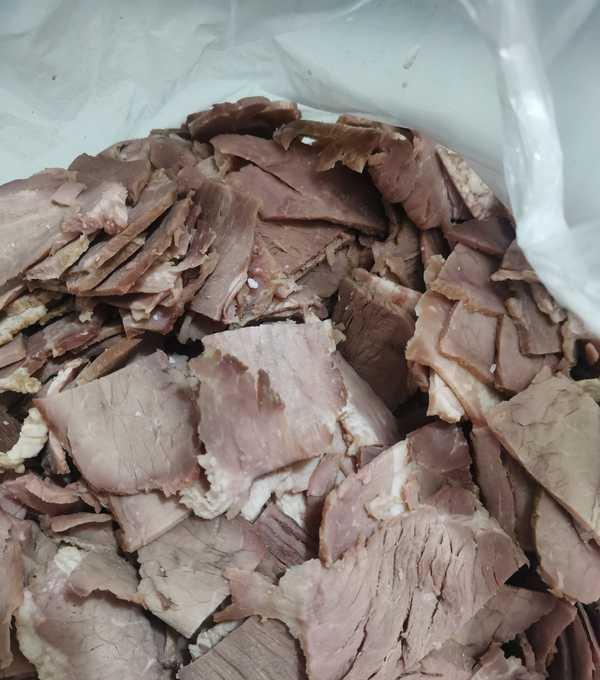The Economics of Running a Noodle Shop in Modern China
An analysis of why noodle shops in China’s tier 2-3 cities struggle despite charging 10-12 yuan per bowl, examining the impact of rent, labor costs, and broader economic forces affecting small business owners.

The seemingly simple question of why a bowl of noodles has become expensive while restaurant owners claim they’re not making money reveals complex economic dynamics in modern China. While customers in smaller Chinese cities balk at paying 10-12 yuan for a bowl of noodles that once cost 7-8 yuan, the reality behind these price increases goes far beyond basic ingredient costs.
Restaurant operations face three major cost components. The most significant is rent, which can easily exceed 10,000 yuan monthly in tier 2-3 cities in China. For a typical noodle shop with 10 seats, rent often consumes 40% of revenue. This fixed cost must be covered regardless of sales volume.
Labor represents the second major expense. A husband-wife team running a noodle shop works grueling hours - starting at 6 AM to prepare broths, serving customers from 10 AM to 10 PM, with virtually no days off. If they were to hire staff instead, each worker would command at least 7,000 yuan monthly given the intense workload. The opportunity cost of the owners' labor must be factored into the business economics.
The actual food cost for a bowl of noodles is surprisingly modest. Basic ingredients like flour, meat, vegetables and seasonings typically total 3-4 yuan per serving. However, the shop must sell around 100 bowls daily just to cover fixed costs before generating any profit. With limited seating and peak hour constraints, achieving sufficient volume while maintaining quality becomes challenging.
Beyond these direct costs lies a deeper economic reality. As China’s overall prosperity has increased, small business owners find themselves in a more precarious position relative to rising costs. A noodle shop owner who could comfortably support a family a decade ago now struggles to maintain the same standard of living, even with higher prices. Their social and economic mobility has declined despite working just as hard.
This phenomenon extends beyond the restaurant industry. Rising commercial rents reflect broader real estate dynamics that transfer wealth from small business operators to property owners and ultimately to financial institutions. The noodle shop owner’s predicament illustrates how traditional paths to middle-class stability have narrowed.
The situation parallels the famous case of a noodle vendor in Shandong province who maintained 3 yuan prices for decades. While this was once viewed as admirable restraint, today’s economic realities make such pricing unsustainable. A bowl of noodles has become expensive not because of greed, but because the entire cost structure and social contract around small business ownership has fundamentally shifted in modern China.